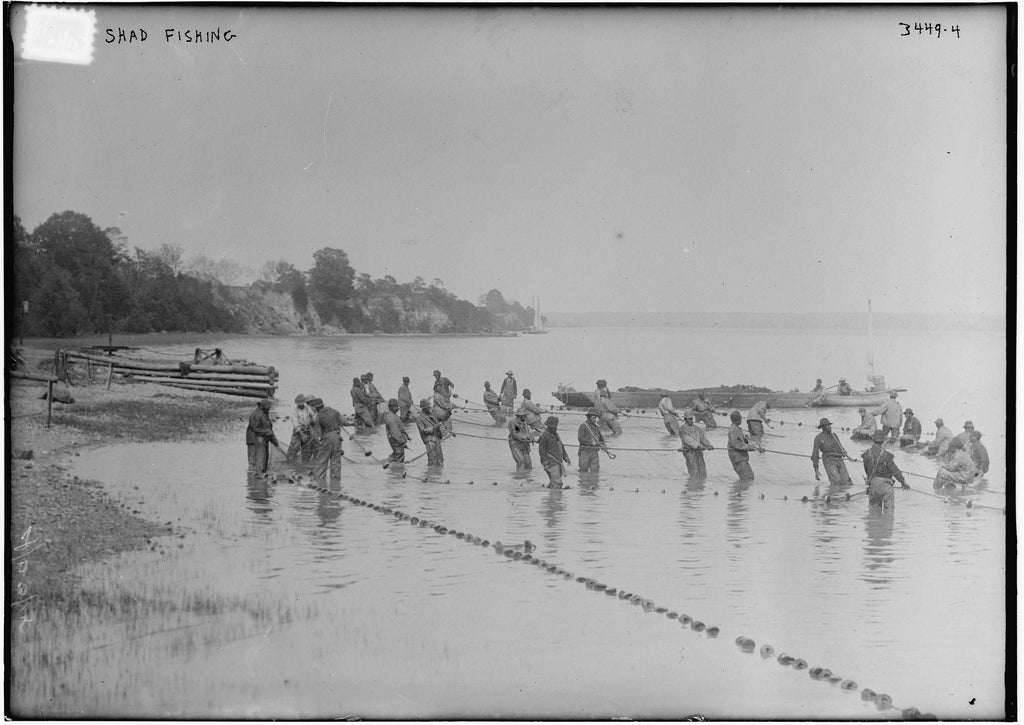

SAVING SHAD
For many years, there was a ritual in our household during the first few weeks following the spring equinox. Sometime in April or May, we would dust off our Coleman grill, pull some butter out of the freezer, grab bacon from the fridge, plus whatever alliums we could get our hands on—the last stores of fall garlic or the first young green onions—and then cook everything down in a hot cast iron for the season’s penultimate delicacy: shad roe.
“Just as the sacred cod of Massachusetts is the accepted emblem of the Bay State,” wrote legendary ecologist Rachel Carson in The Baltimore Sun in 1936, “so the shad may rightly be considered the piscatorial representative of the states bordering the Chesapeake.”

Though, during much of our lifetime, this iconic dish born out of a native fish did not, in fact, hail from this nation’s largest estuary, where, for centuries, the American shad, aka alosa sapidissima, was considered the most valuable and important fishery. Each spring, the native river herring once filled these brackish tributaries, from the Susquehanna River down to the Potomac and from there even into Appalachia, embarking on massive metallic migrations toward their expansive spawning grounds in the very same streams and rivers in which they were born. They were a staple part of the Native American diet, fed George Washington’s troops through rough winters of the Revolutionary War, and became the Chesapeake’s first commercial fishery.
Long before oysters, crab, and rockfish gained fame, shad ruled the Chesapeake—“the founding fish,” as it’s been called—and a vital link in the estuary’s food chain.
As in many American foodways, the culinary tradition surrounding this natural resource was formed in native tradition, when the rich, bony fish was butterflied onto cedar planks, then slow smoked over an open fire. The practice would live on for generations, becoming a staple of local festivals and political whistle-stop tours along the watershed communities.
“Our heart goes out in pity to those luckless Americans who know nothing of the Chesapeake shad,” wrote Baltimore bard H.L. Mencken in the Sun in 1907. “How any human alive can live on, year after year, without the prospect of a mess of planked shad in each succeeding spring to hearten and encourage him is more than we can understand. To us, existence without the noble king of fish would be unspeakable and unthinkable.”

Quite the foreshadowing statement, because by this time, the heyday of the American shad had already begun to wane as the United States continued to grow. Booming populations were building dams up and down the surrounding rivers to hydroelectrically power their burgeoning cities and industries, igniting “Shad Wars” between upstream and downstream residents over access to the natural resource, while forever altering the keystone species’ habitat and life cycle.
At the same time, as demand peaked, overfishing compounded the issue, with bigger boats carrying bigger nets able to haul in as much as 17 million pounds a year at the turn of the 20th century.
“The Bay is literally strewn with fishing gears, most of which are set to catch fish all day and all night, throughout the season, thus not giving [shad] access to the breeding grounds,” wrote the precursor the Department of Natural Resources in 1939.
Add to that pollution and climate change, and by the 1970s, harvests barely peaked two million pounds—a more than 88 percent decrease. It is likely that the rise of invasive scavenger species like blue catfish, and then later snakehead, didn’t help the cause, either.
By 1980, Maryland shuttered its shad season, followed by the bi-state Potomac River in 1989, and Virginia in 1994. And despite decades of commercial moratoriums and millions of dollars spent on restoration efforts, such as shad hatcheries and dam “fish lifts” across multiple states, those once-abundant populations remain at about one percent of their historic peaks.

Hence why we no longer indulge ourselves one of the East Coast’s greatest pleasures—with most shad roe these days hailing from the Carolinas or Georgia, where commercial seasons remain. Instead, we’ve shifted to a new spring ritual with more sustainable populations: perch, and its roe—dredged in a little flour and J.O. Spice, then sauteed in bacon grease, butter, and alliums, just like we used to. And we’re beginning to think about replacing our beloved rockfish for similar reasons.
Removal of the dams themselves might be the most likely solution for shad, such as the massive Conowingo Dam at the headwaters of the Chesapeake—where some 13,000 shad still try to migrate each season—though the owner, the Exelon Corporation, just renewed its operating license for the next 50 years.
By then, it might be too little, too late, as in 2020, the Atlantic States Marine Fisheries Commission designated shad populations as already “depleted” not just in the Chesapeake, but along the entire Eastern Seaboard.
Within a few weeks of this story going to press, many of the adult shad will already be on their way out of these waters, and by fall, the newly spawned shad— known as small “fry,” an idiom lineage that we just love—will follow, heading back toward the open ocean, where they will mature for several years before returning again some spring, continuing the ancient rhythms that have captivated us for centuries.
We’ll miss them on our plates but think of it as an offering to the river gods.
Besides, it won’t be long until crab season.



